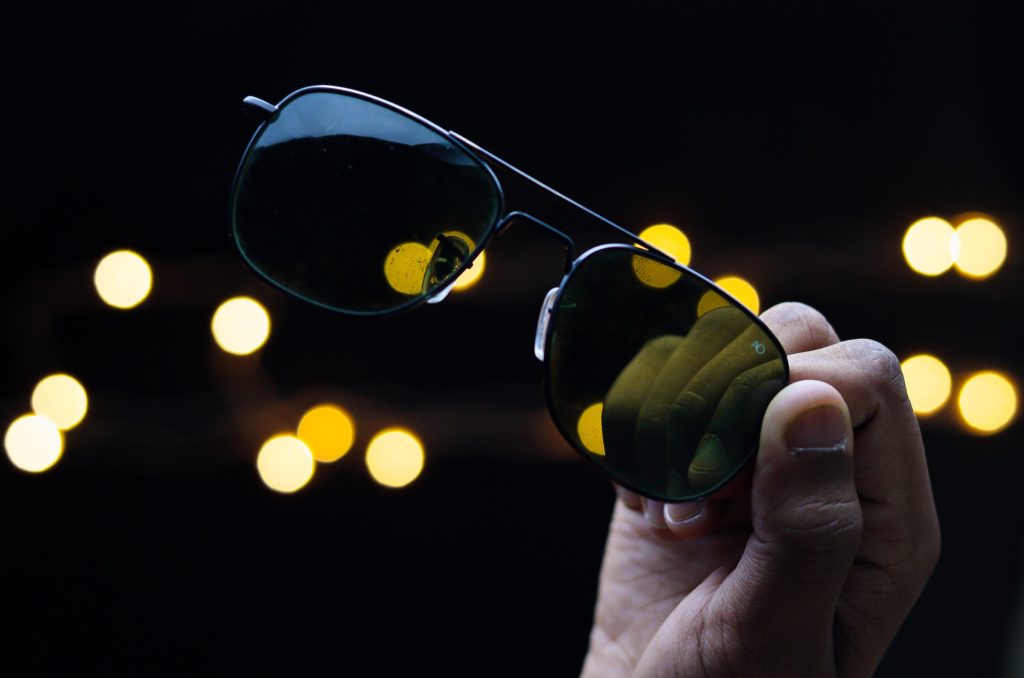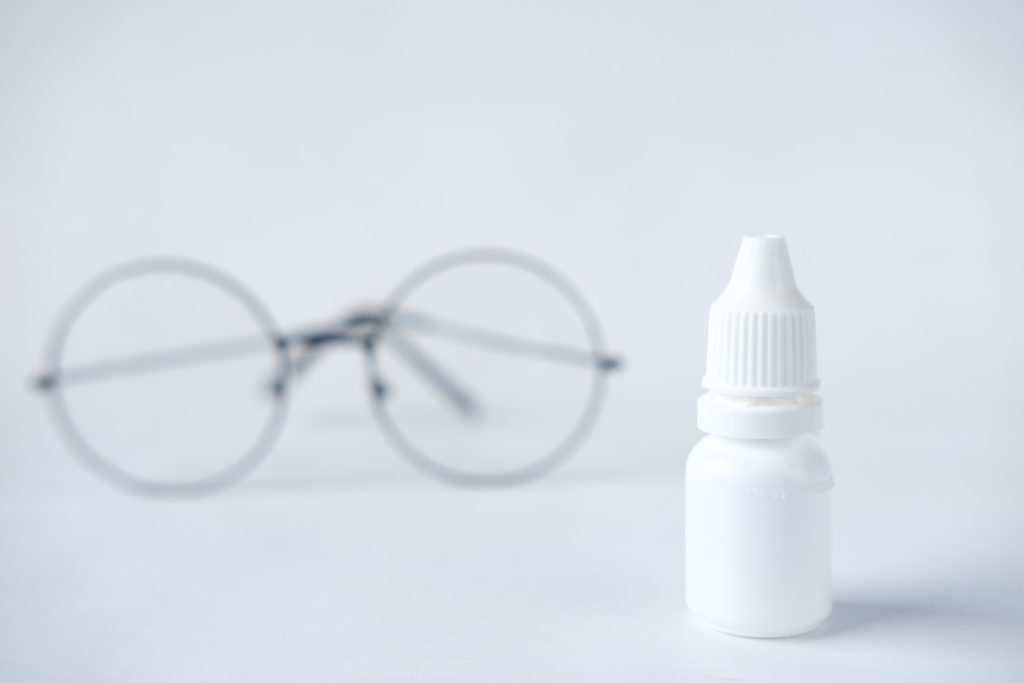Eye health is a crucial component of general wellness that is sometimes disregarded until an issue manifests. Not only are the eyes the windows to the soul, but they are also the windows to the outside world. For our daily interactions and enjoyment of life, it is essential that they operate as efficiently as possible. This article debunks the subject and gives readers useful information by concentrating on common eye issues and their treatments.

In order to avoid additional issues and keep general well-being intact, eye disorders must be treated quickly and properly. Ignoring eye symptoms in some cases might result in irreversible damage, and in the worst cases, blindness. As a result, having a fundamental awareness of common eye problems and associated remedies can be extremely helpful.
Identification of Common Eye Problems
Contents
Numerous diseases can cause people to experience common eye problems, frequently regardless of their age, profession, or way of life. These issues can be generically categorised as cataracts, dry eye syndrome, age-related macular degeneration, conjunctivitis, glaucoma, and refractive errors, among others.
To break it down, refractive errors consist of nearsightedness (myopia), farsightedness (hyperopia), astigmatism, and presbyopia. Dry eye syndrome arises from inadequate quality or quantity of tears, causing discomfort and potential vision problems. Glaucoma is characterized by raised intraocular pressure causing damage to the optic nerve and vision loss if not managed early.

Conversely, conjunctivitis, popularly called “pink eye,” is an inflammation of the clear tissue covering the white part of the eye and the inside of the eyelids. Age-related macular degeneration (AMD) and cataracts primarily affect the elderly population, leading to loss of central vision and clouding of the eye lens, respectively.
The World Health Organization (WHO) estimates that there are around 2.2 billion people globally who have vision impairments or are blind. On top of that, there are at least 1 billion of these cases that can be prevented or are in need of being taken care of as well. This shows that common eye problems are widespread and that there is a need for proactive treatment.
Symptoms of Common Eye Problems
Becoming familiar with eye problem symptoms is foundational in acting promptly toward eye health. General symptoms range from blurred or double vision, seeing “floaters” or flashlights, distorting images, sore or irritated eyes, dry or watery eyes, excessive sensitivity to light, and changes in the colour of the iris, among others.

Delving into specifics, nearsightedness presents as difficulty in seeing distant objects. On the other hand, farsightedness causes objects close by to appear blurry. Astigmatism may result in having blurred or slightly double vision at all distances. Dry eyes may feel gritty or sandy, coupled with occasional excess tearing, whereas glaucoma may slowly steal peripheral vision. Conjunctivitis comes with redness of the eye, discharge, and crusts that form on the eyelid overnight, making it somewhat difficult to open the eye upon waking. AMD may cause straight lines to appear wavy, whereas cataracts gradually cloud vision, causing halos around lights and difficulty seeing at night.
Treatment of Common Eye Problems
Fortunately, because of improvements in medicine and technology, most everyday eye issues can be resolved. The accessibility of therapies, including eye drops, contact lenses, glasses, drugs, and procedures, has revolutionised the management of eye health.
For instance, myopia, hyperopia, and astigmatism are typically corrected with prescription eyeglasses, contact lenses, or surgeries such as LASIK and PRK. Dry eye syndrome, on the other hand, may be managed with artificial tears, prescription eye drops that enhance tear production and treatments that unblock oil glands or plugs to reduce tear drainage.

Glaucoma treatments focus on lowering intraocular pressure; this can be achieved by oral medications, eye drops, laser treatment, or surgery. Conjunctivitis caused by a bacterial infection is usually tackled with antibiotic eye drops, whereas an antiviral medication is prescribed for viral conjunctivitis. Management of AMD includes laser surgery, photodynamic therapy, and anti-vascular endothelial growth factor (VEGF) therapy. Lastly, cataracts require a surgical procedure during which the cloudy lens is replaced with an artificial one.
There have been considerable advancements in the treatment of eye problems. The development of progressive eyeglass lenses has improved vision correction for presbyopia. Similarly, implantable contact lenses (ICL) provide a more permanent solution for severe myopia or hyperopia. In controlling glaucoma, minimally invasive surgeries (MIGs) have been a milestone in reducing complications and recovery time.
Prevention of Common Eye Problems
“Prevention is better than cure,” and this rings true for eye health. The significance of prevention can hardly be overstated when it comes to maintaining good vision and preventing common eye problems.
There are a variety of dietary sources of vitamins A, C, and E as well as zinc, and omega-3 fatty acids that are essential to maintain healthy vision. Even though these nutrients will help you, they are only half the battle as it will also be crucial that you refrain from bad habits such as smoking or heavy drinking. Furthermore, practising good hygiene and shielding your eyes from UV rays will also help you prevent any damage to your eyes.

Regular check-ups and early detection play crucial roles in managing eye health. For instance, diabetic patients need routine checks due to the risk of diabetic retinopathy. Employees who work in an environment that requires long hours on the computer should also take regular breaks to avoid straining their eyes.
It is crucial to put eye health first. This begins with becoming familiar with typical eye issues and how to resolve them, minimising risk factors when practical, and arranging routine eye checkups. These actions not only help with early detection and treatment but also give a bigger picture of preventative healthcare. Even in the most extreme cases, you will find that there are solutions to fix your eye problem thanks to the technological advancements in the medical field.

